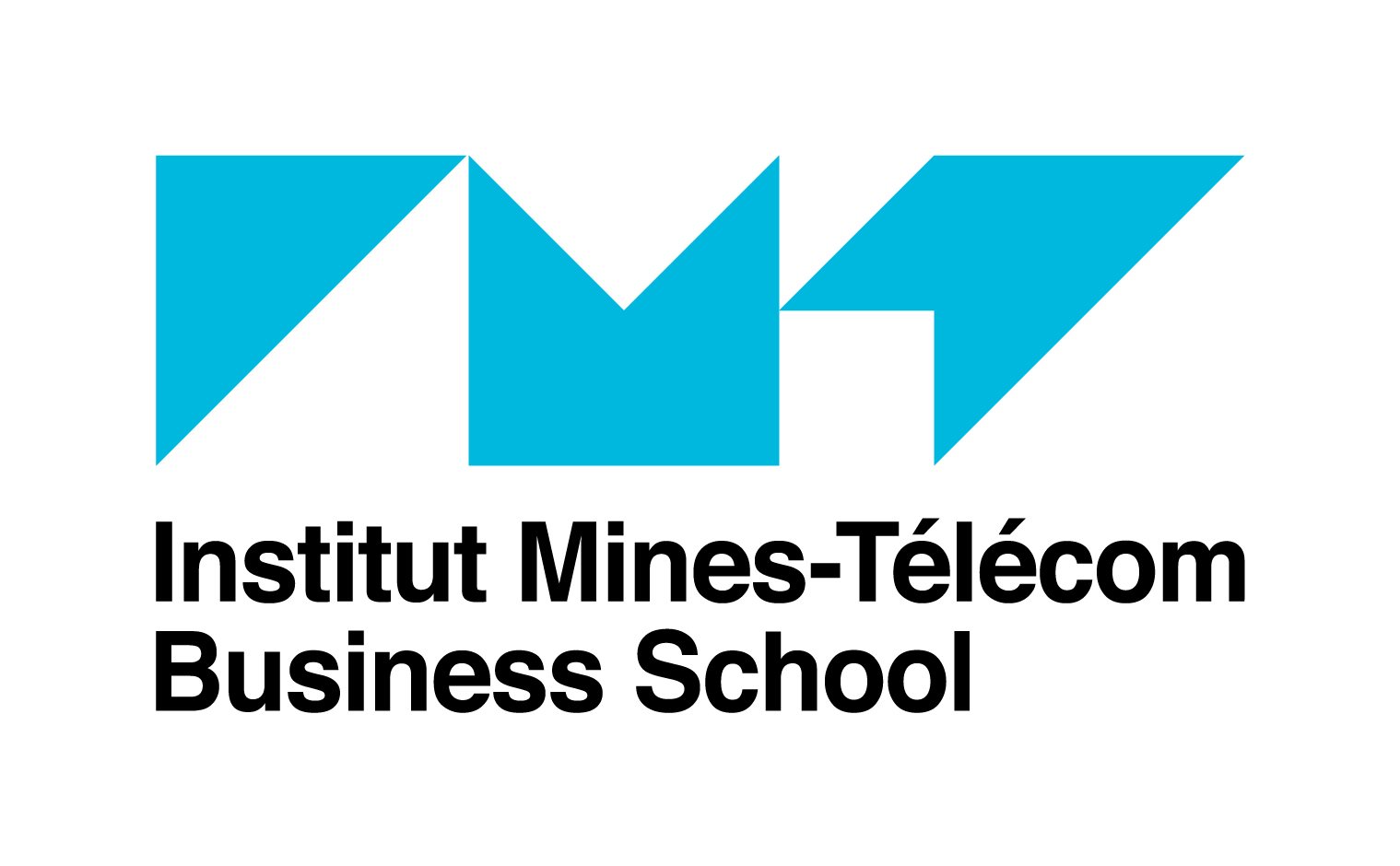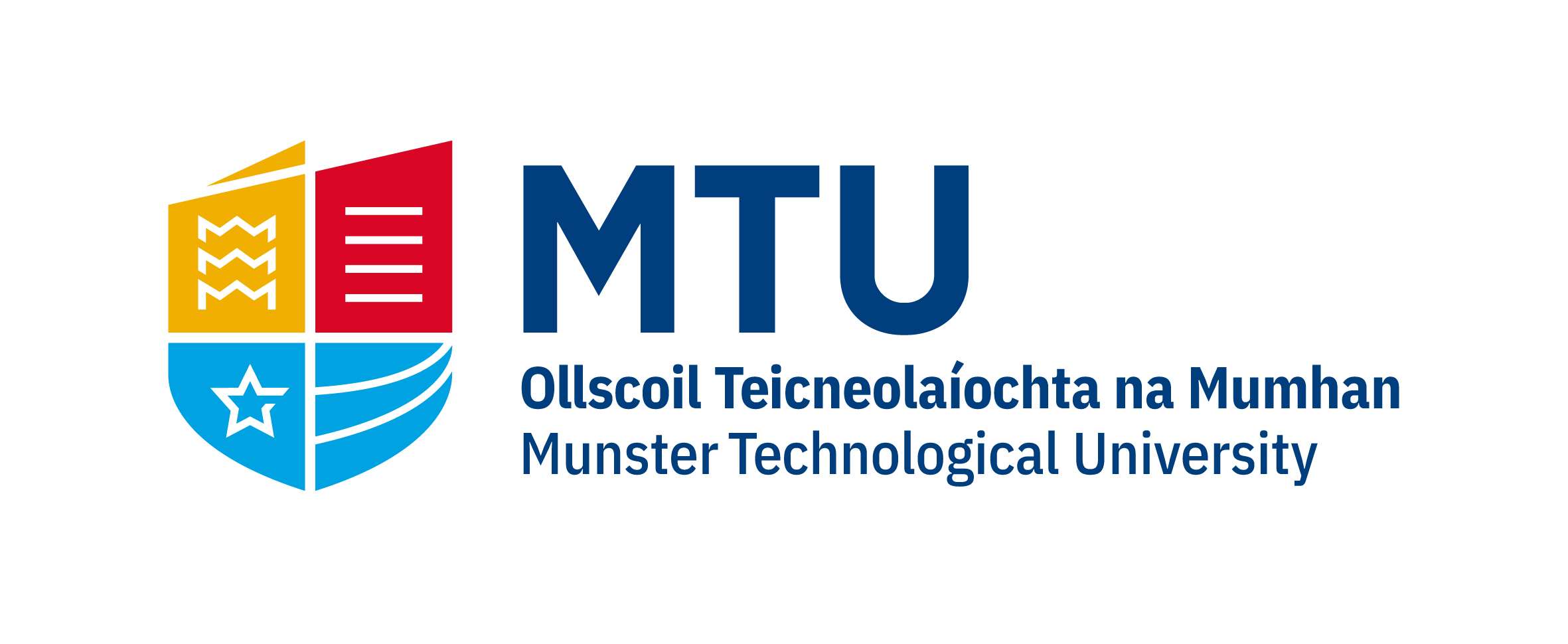Learnings from the SME CG project investigative stage.
Small and medium-sized enterprises (SMEs) are the backbone of the European economy and improving the competitiveness of SMEs has been a main objective of European cohesion, R&D, Industrial and ICT policies, among others. Despite globalization and increasingly international competition, SMEs in Europe remain a dominant employer contracting around 94 million people[1] and generating around 56.4% of the total added value (EUR 4.4 trillion).
However, SMEs face obstacles to growth, including a shortage of skilled staff and limited access to information amongst others[2] whilst the WEF’s[3] Future of Jobs report states that 54% of employees will require significant re-/upskilling by 2022, particularly among SMEs. With human capital being the core of competitiveness and SMEs being the motor of the EU economy, SMEs need support to reach their full innovation potential.
With that background, the SME Cluster Growth project investigated the issues facing growth SMEs through a comprehensive set of expert and owner interviews, case studies and a major survey to establish seven dimensions of SME Growth,
1. SME Owner
One of the most important factors in SME growth is the attitude of the business owner including their conception of growth and desire to embark on a growth path.
There are different sources of decision-making and moral support for the owner who is on a SME growth path including the board of directors or investors, networks and associations, employees, governmental support, foreign business partners support, and support from regional agencies and think tanks.
2. Growth Management
The biggest challenges for growth management can be the professional and personal shortcomings and challenges that result from the changing business context of the growing company.
The owner needs to be aware of the likely impact of growth on the existing assets and the core competencies of the company, as well as the likely changes to their own role in driving and supporting growth and the knowledge requirements to manage a growing firm to ensure that the organisation is ready to support a new phase of life.
Finding key personnel and specific skills can be a major challenge for the growing business as can timing the acquisition of these key staff with the growth path of the company and the available finances.
It is important for the owner and senior management to closely manage the growth phase of the company as the structure evolves to drive the practical execution of the strategic plan, to address problems and manage risks as they arise and oversee how staff interpret and execute the strategic plan and directives. It is also important to ensure that the growing SME remains still solid from a financial, structural and logistical perspective.
3. Go international
It is necessary for the entrepreneur / manager to understand the importance of international business as a path to growth as well as the likely challenges to international growth. International growth can have a large impact on the structure and organization of the company, the finance required, and the skills required within the growing firm.
To expand the business internationally, information on support structures and resources that are available through governmental agencies, and to organize and participate in awareness campaigns/events can be highly useful. Partners and networks can also be an excellent source of knowledge for the growing SME, especially supply chain partners.
Finally, it is important to rely on and promote digitalization as a key tool for lowering barriers for going internationally.
4. Financing
Growing SMEs need to understand how they plan to finance their growth, whether through equity or debt financing as well as government support. Entrepreneurs need to be able to explain with precision the financing plan, the objective they wish to reach with the financing, the details of the plan to be financed, the points to which the financing will be allocated and the expected return on investment for these financings.
The most common forms of financing for SMEs are own organic funding, bank credits, peer-to-peer (P2P) lending, crowdfunding and supply chain finance (SCF).
5. Ecosystem and clusters
In the context of a growing company, it is necessary for the entrepreneur / manager to understand that building and maintaining contacts, networks, clusters and an ecosystem is vital, but requires foresight, trust, investment and persistence to access that value.
To take full advantage of an ecosystem necessitates that the owner or senior management need to develop a certain number of soft skills, such as communication and sales skills, the ability to understand the ecosystem and its dynamics and to see opportunities for potential partnerships in a logic of co-construction and establishment of strong links.
6. Innovation and Knowledge Management
The entrepreneur / manager of the growing SME should understand that knowledge is the first asset of the company. It is this knowledge that makes all the value and on which the innovation capacities of a company are based, whether for incremental or disruptive innovation, business model innovations or technological innovations.
Growth SMEs require a robust management structure for innovation management, external sourcing of (open) innovation and co-creation and to proliferate and disperse internal knowledge capital. The HR function needs to identify the gaps in knowledge and provide the training on knowledge capital for its management staff.
7. Collaboration with HEIs
Whilst not always obvious higher educational institutions (HEIs) have a role to support SMEs in innovation, learning, knowledge transfer and knowledge acquisition. Usually, HEIs provide support to SMEs through collaboration activities, networks, and direct knowledge provision that either come in the form of employee education, blue-sky and applied research, IP licensing, spin-out and startup acquisition, network supports and talent recruitment. As a result of working with HEIs, SMEs can increase their knowledge capital, absorptive capacity and competitive advantage.
Factors that foster university-business collaboration (UBC) include mutual commitment and trust, effective communication and mutual goal setting, as well as the availability of resources. Conversely, the barriers are lack of absorptive capacity, confidentiality issues and a lack of resources.
Full reports on the investigative stage of our project are available to download here.
Authors

Todd Davey

Adeline Leroy

Medisa Focic













